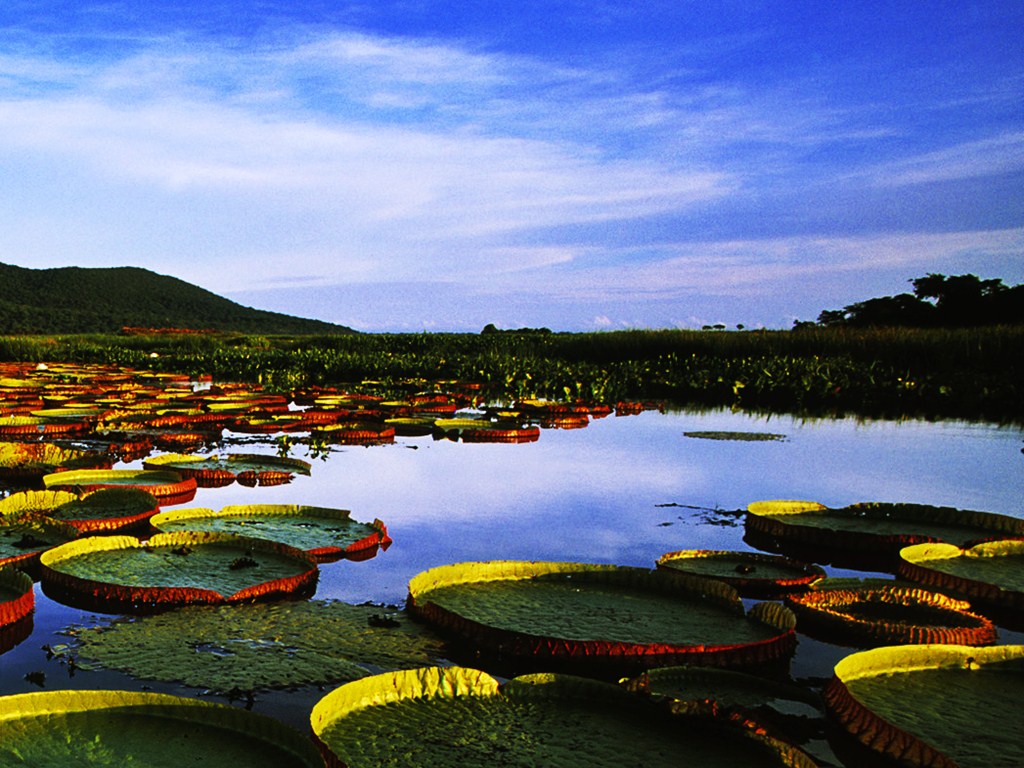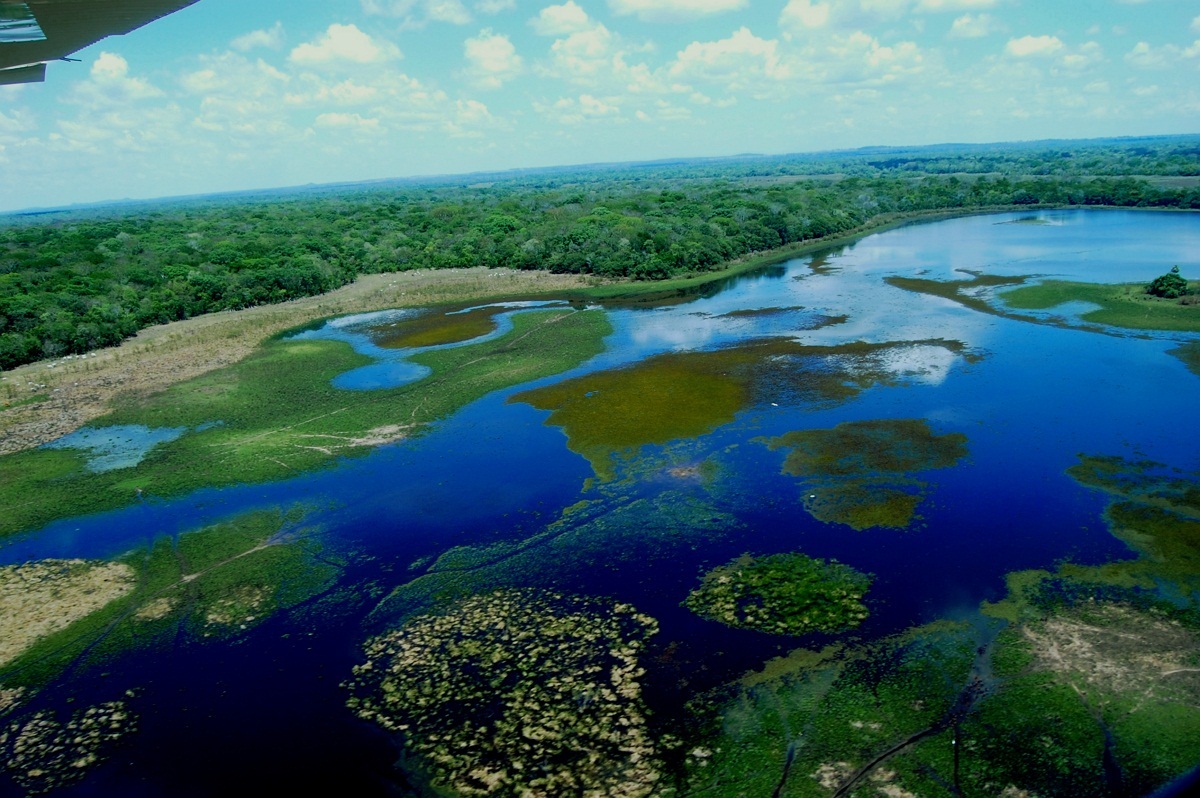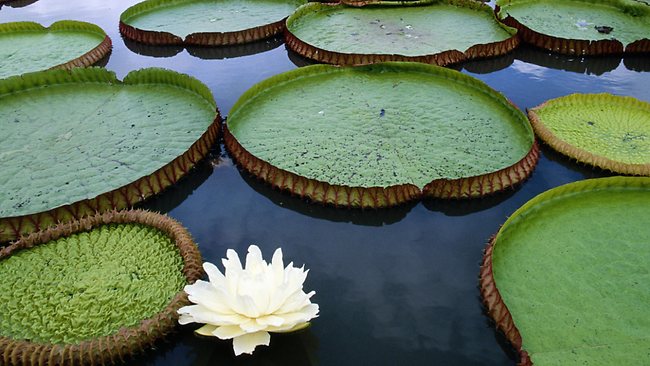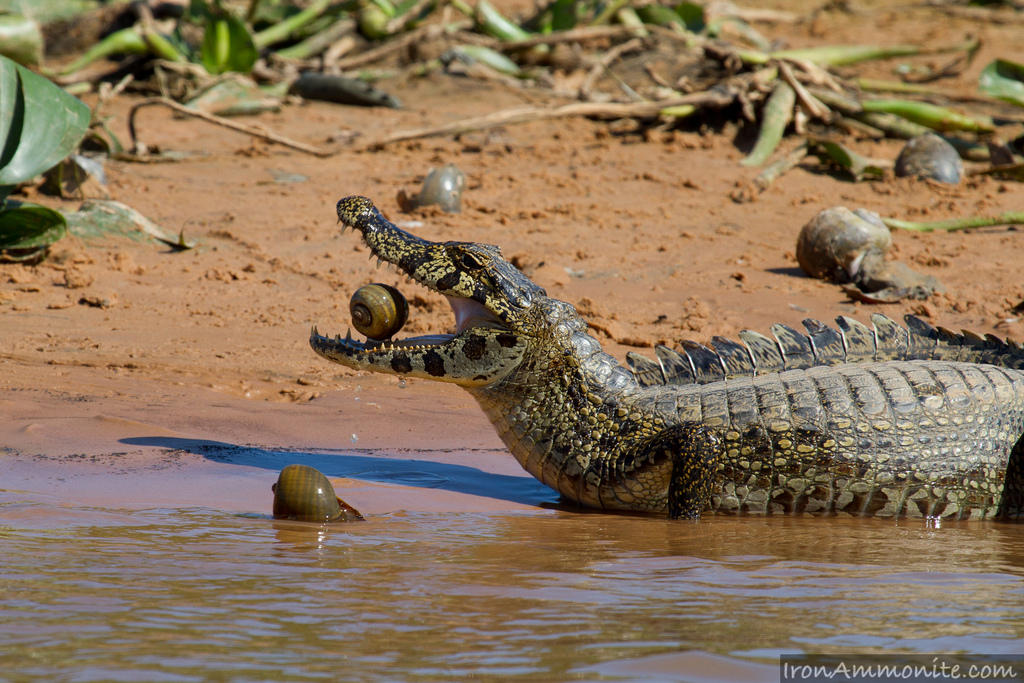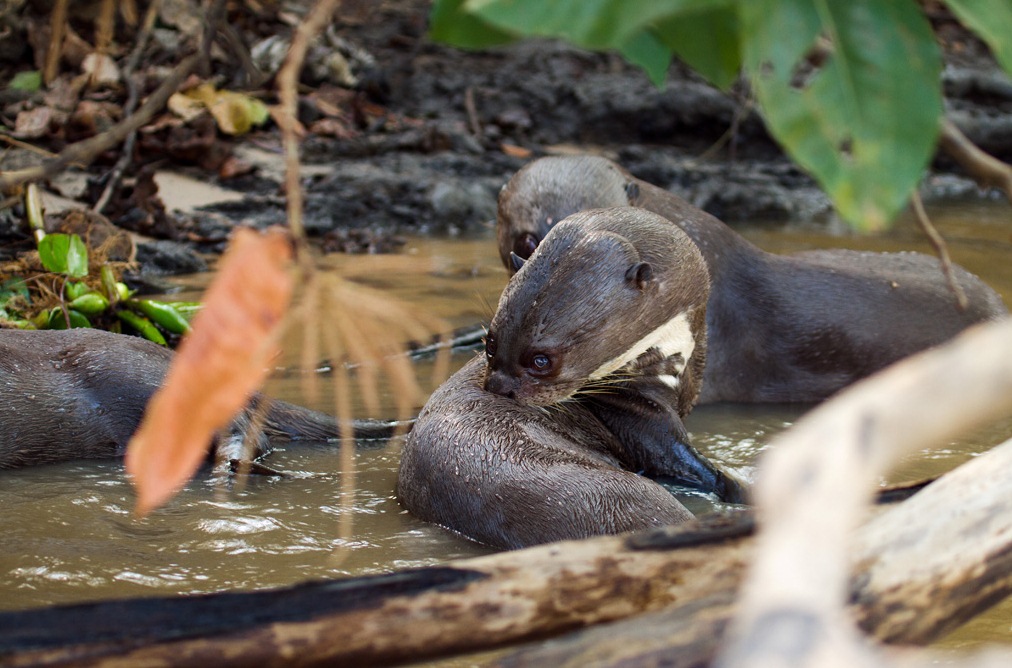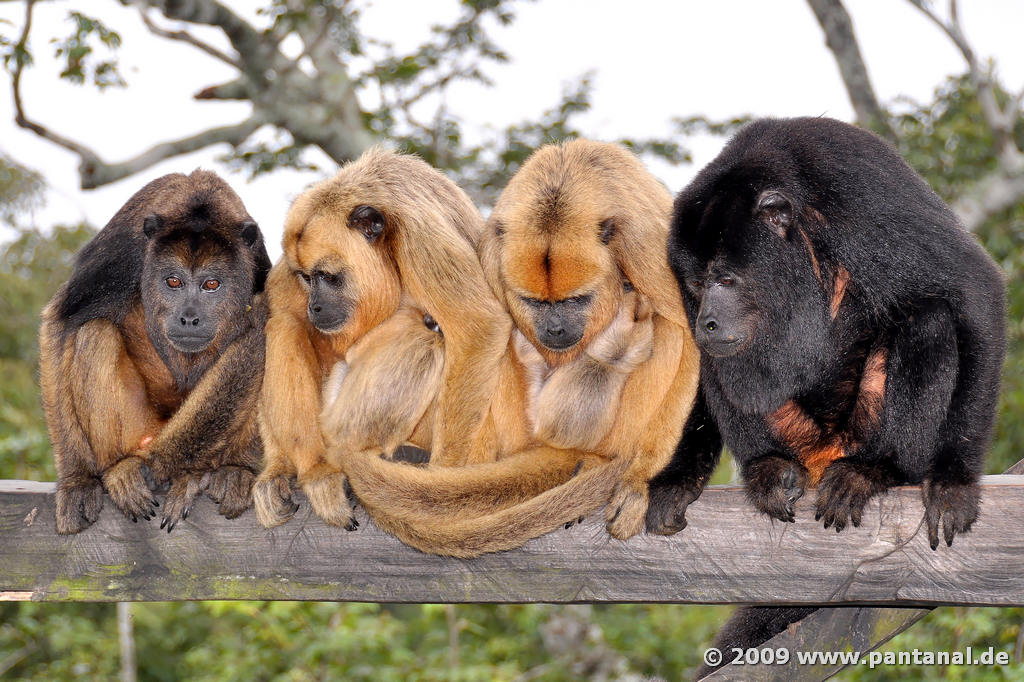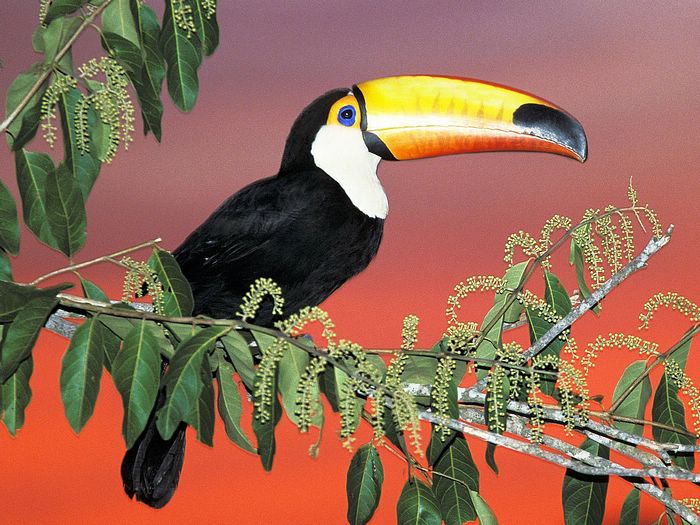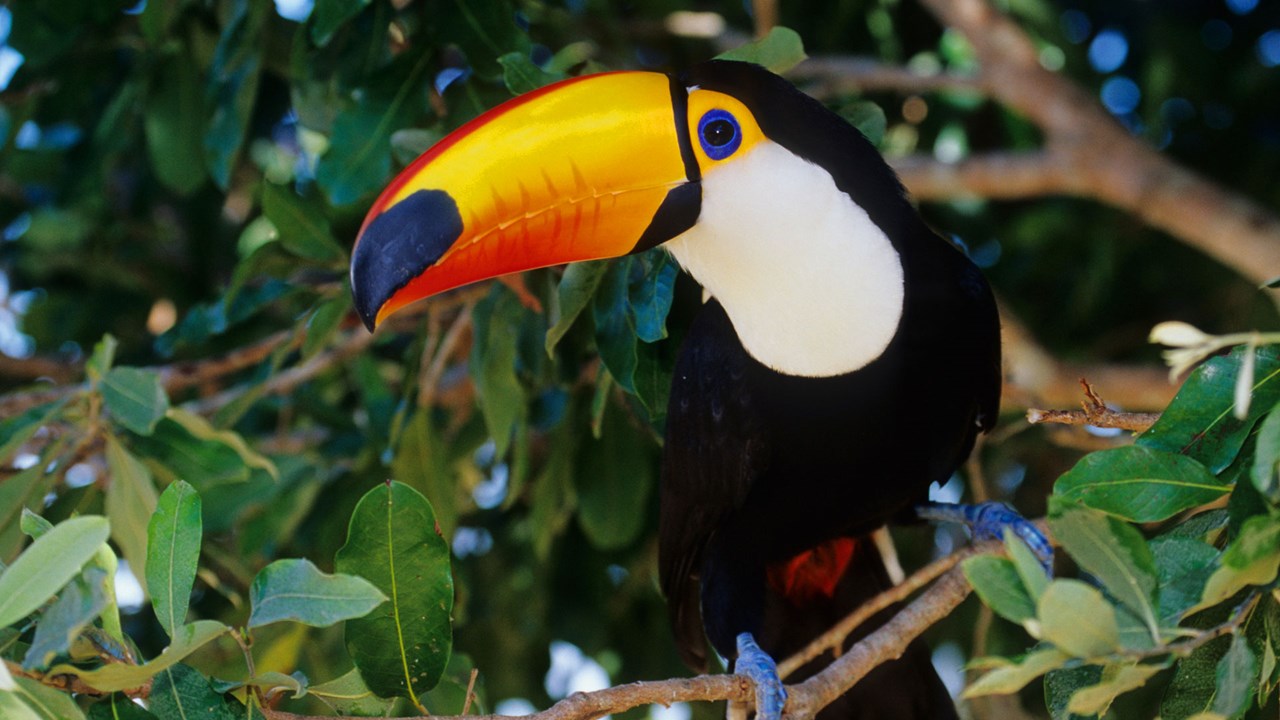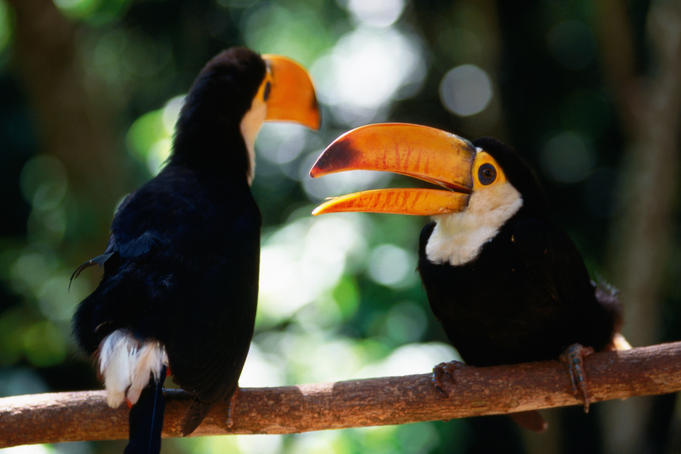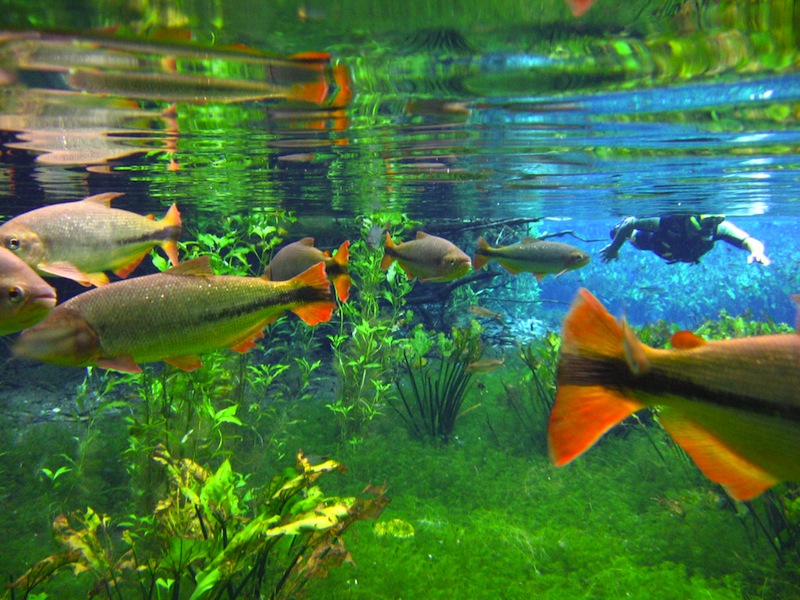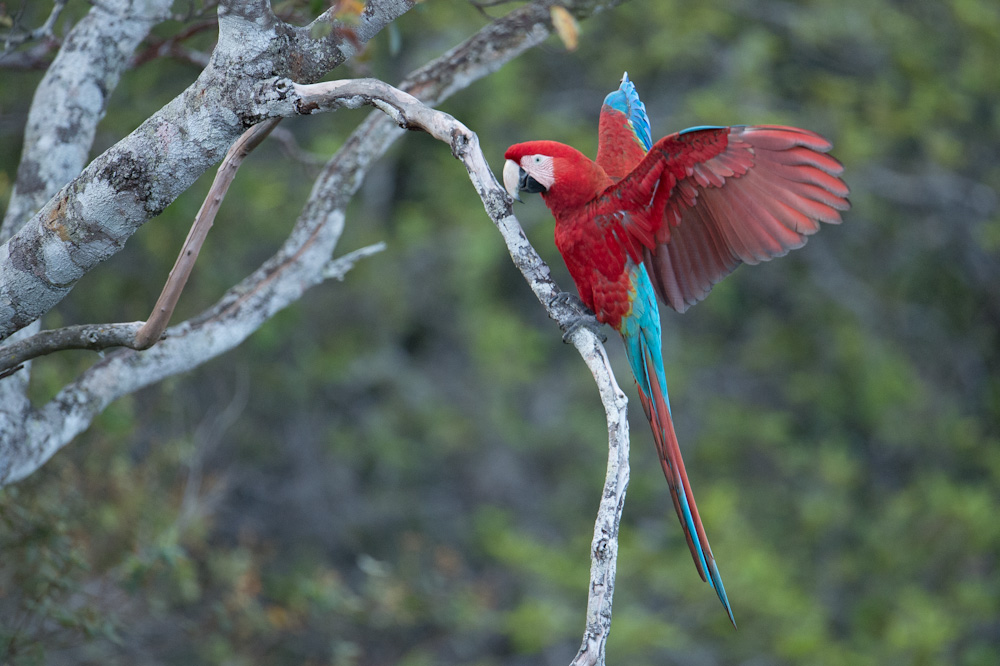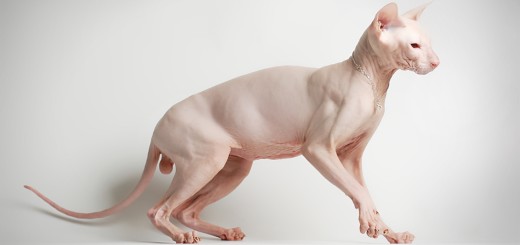Pantanal Wetlands Brazil; The Largest Freshwater Wetland Ecosystems in the World
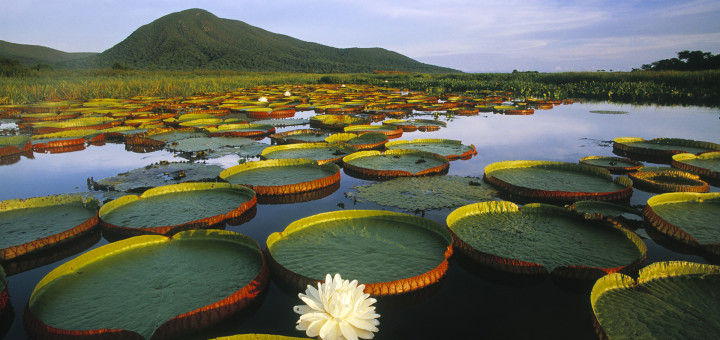
Just south of the Amazon Basin, there is a river delta that is enclosed within the large land – called the Pantanal. A total of approximately 140,000 to 195,000 square miles, the Pantanal is fed by tropical rains that occurred in November and March. When the rainfall is high, the Pantanal is worrying a lot of water that turns it into a largest freshwater wetland ecosystems in the world. When compared with the total area of France, the Pantanal covers the half wide. Being home to a variety of ecology, birds, and other animals, the Pantanal is one of Brazil’s major tourist attractions to be visited.
During the rainy season, the rain water will flow from the highlands to the Pantanal, and then inundate many low-lying areas and creating small islands on the surface of the water called cordilleras attracted so many kinds of animals. The water level will reach 2 to 5 meters in January or February and start to recede in March. Seasonal flooding makes the Pantanal into fertile land. Unfortunately, the existence of the Pantanal is threatened due to human activities, such as fishing, agriculture, livestock, and hunting.


